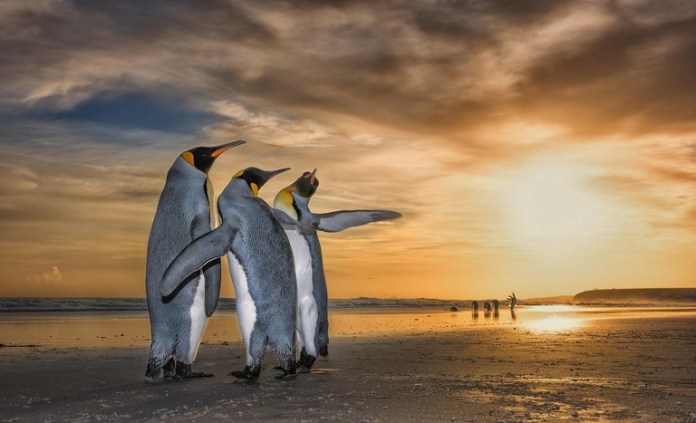Happy International Earth Day! But the question here is, is it a ‘Happy’ Earth Day? We really can’t say so. Just as 1st of January provides us with an excuse to examine ourselves and our mistakes over the past year, let’s take today, the 22nd of April, to examine what we are doing to our home, our planet Earth. And if you don’t know how and where to start, you must check out Netflix’s latest documentary series called ‘Our Planet’. It unabashedly reflects on what all wrong we are doing to our planet, what are the consequences and how we can still fix it.
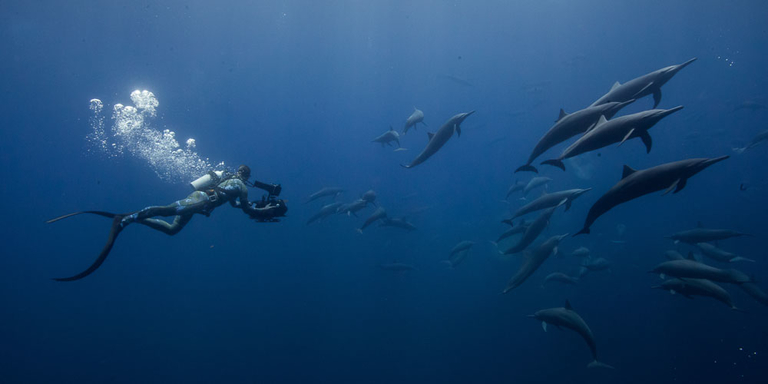
The world’s population of 7.6 billion people make up for just 0.1 per cent of all living beings. Yet we are responsible for the loss of 83 % of all wild mammals and half of the plants on this planet. Shocking, right? We have come to a point where the stability of nature cannot be taken for granted.
We are the first generation that knows we are wrecking our planet and we could be the last to be able to do anything about it. However, it is not too late. We can reverse the damage together. Netflix’s new documentary series, Our Planet, will take you to different corners of the world to show you some of the most amazing natural events that take place. These events will motivate and inspire you to get a better understanding of our natural environment and the challenges it faces.
Here are some of the shockingly disturbing facts we learnt from the 8 episodes of the docu-series Our Planet.
The Arctic Ocean will have little or no ice by the summer of 2040
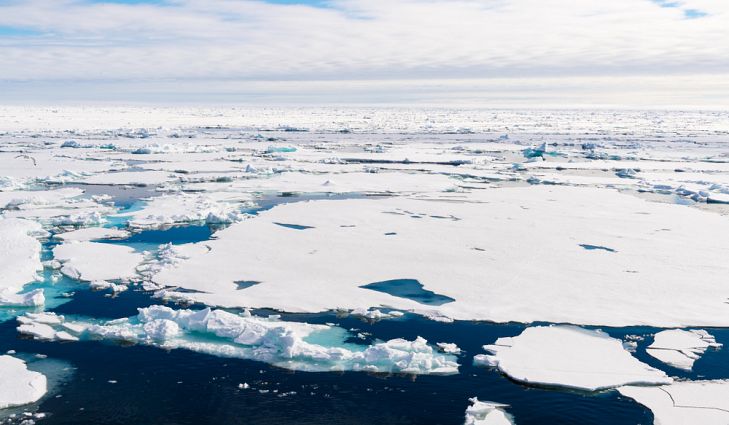
Today, there is 40 % less ice cover in the Arctic Ocean during the summer months, than there was in 1980. The documentary tells us that by 2040, the ocean here will be mostly free of ice during the summer months.
15 million hectares of tropical forests are lost every year
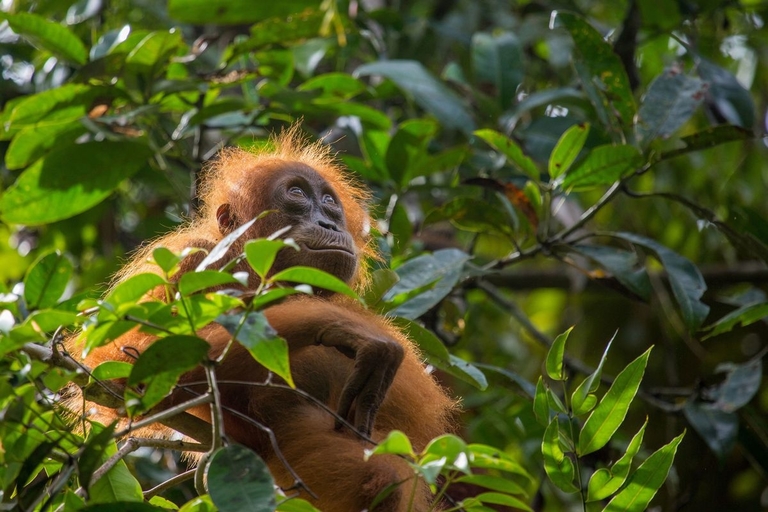
We’re losing tropical forests at the rate of 15 million hectares every year. Jungles are responsible for storing more carbon than any other habitat on land; they cool our planet and provide food and medicines. Losing these forests will not only result in the loss of significant wildlife, but we are also putting ourselves at risk.
More than most of the shallow coral reefs around the world are dead
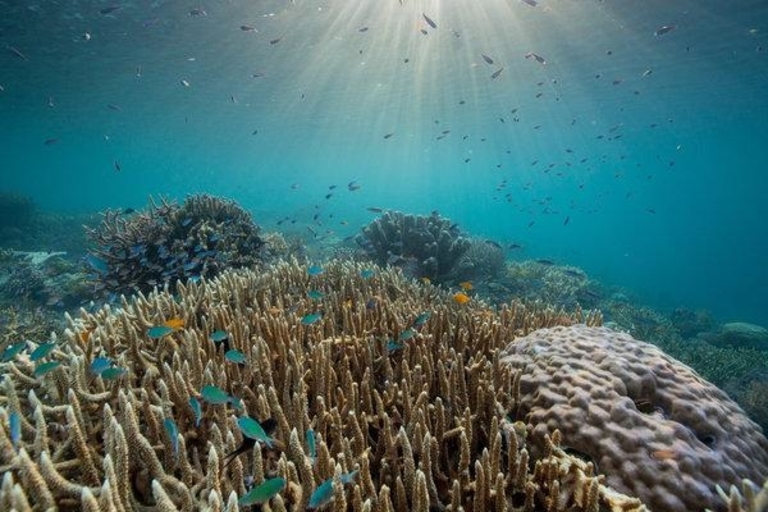
With climate change, our seas are warming, and with the rising temperatures, the corals lose their primary source of food and turn white. This causes the corals to starve and eventually die. The seas are also becoming more acidic due to carbon dioxide. Because of that, the reefs cant survive. With the corals dead, many of the coral’s residents’ will also die.
90 % of the prairie has been lost to agriculture
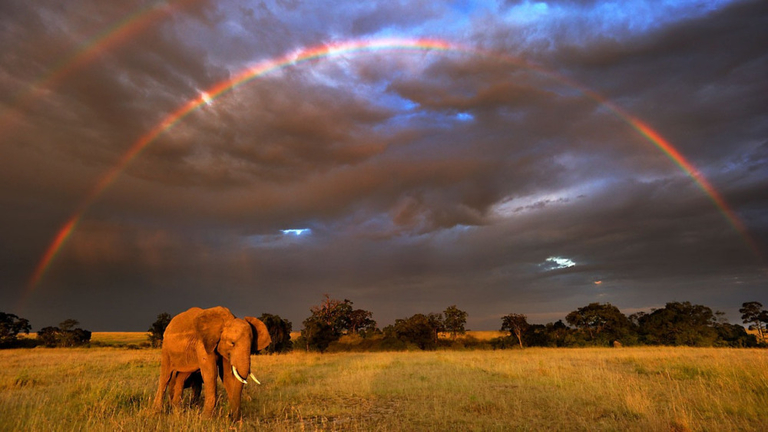
Grasslands once covered the quarter of the planet, and now they are shrinking around the world. As the human population is growing, grasslands have been turned into farmland.
One hundred million sharks are killed annually, and 90 % of all ocean hunters have disappeared
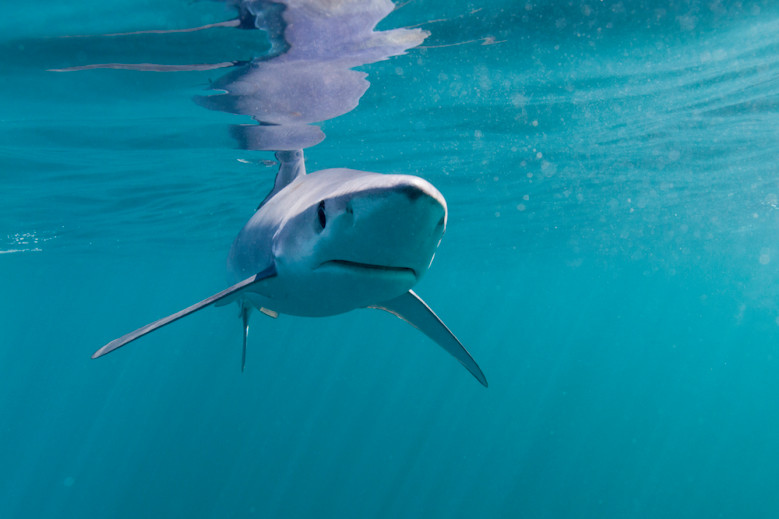
The shark population around the world has reduced by over 90 per cent. Sharks, along with the other ocean hunters are at the top of the food chain. If we continue to harm the oceans the way we are right now, the entire marine ecosystem will come crashing down.
The natural flow of more than 2/3 of the planet’s longest rivers have been altered
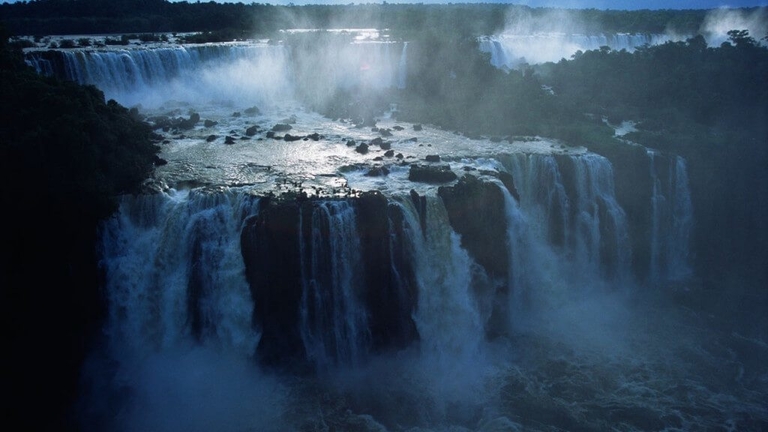
For our convenience, by building dams, we have changed the natural flow of rivers. Which means that there are places in the world where the rivers don’t reach anymore. We have destroyed water to such an extent that there is very little left for the survival of other species.
Everything You Need to Know About This Brilliant & Much Needed Docu-series
Our Planet marks the first nature documentary Netflix has ever made and has been filmed over 4 years in 50 different countries. It is narrated by none other than Sir David Frederick Attenborough, an English broadcaster and natural historian. He is also considered a national treasure in Britain.
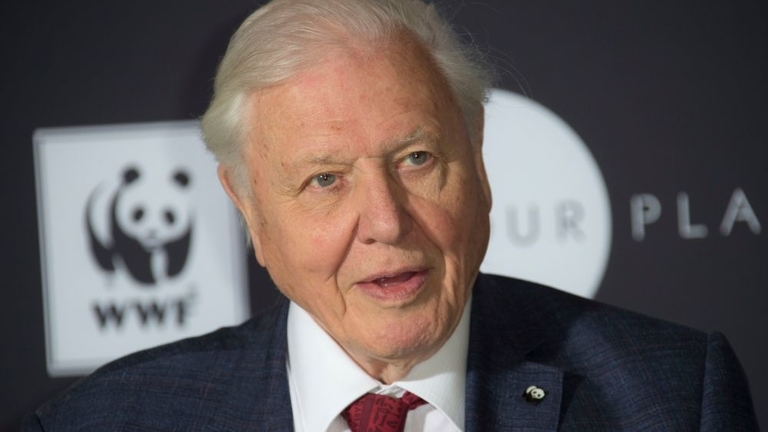
Sir David Frederick Attenborough ; Image source: variety
In its first episode, the documentary series makes us witness the planet’s breathtaking diversity. Episode 2 shows us how due to global warming, the icy paradise of polar bears, walruses, seals and penguins are at a major risk. Episode 3 and 4 educate us on the importance of rainforests and coastal waters, respectively. In episode 5 the cameras follow desert elephants seeking sustenance, bison roaming North American grasslands and caterpillars having a good life underground. Episode 6 is all about the deep, dark and desolate oceans, home to an abundance of beautiful creatures. Episode 7, a hard-hitting one tells us how the supply of freshwater is becoming increasingly unpredictable for a variety of species, and finally, episode 8 examines the interdependence between forests and a wide variety of its residents such as the bald eagles and Siberian tigers etc.
Our Planet aims to make us think beyond the gorgeous images that are presented to us. It makes us think about what it will take to keep our home alive. The best part? It gives us hope. Hope, that we can still save our Earth and give our future generations a thriving planet to call home.
If you haven’t already, you can watch the documentary series on Netflix.
Feature Image Source: Wim Van Den Heever / Natural History Museum

